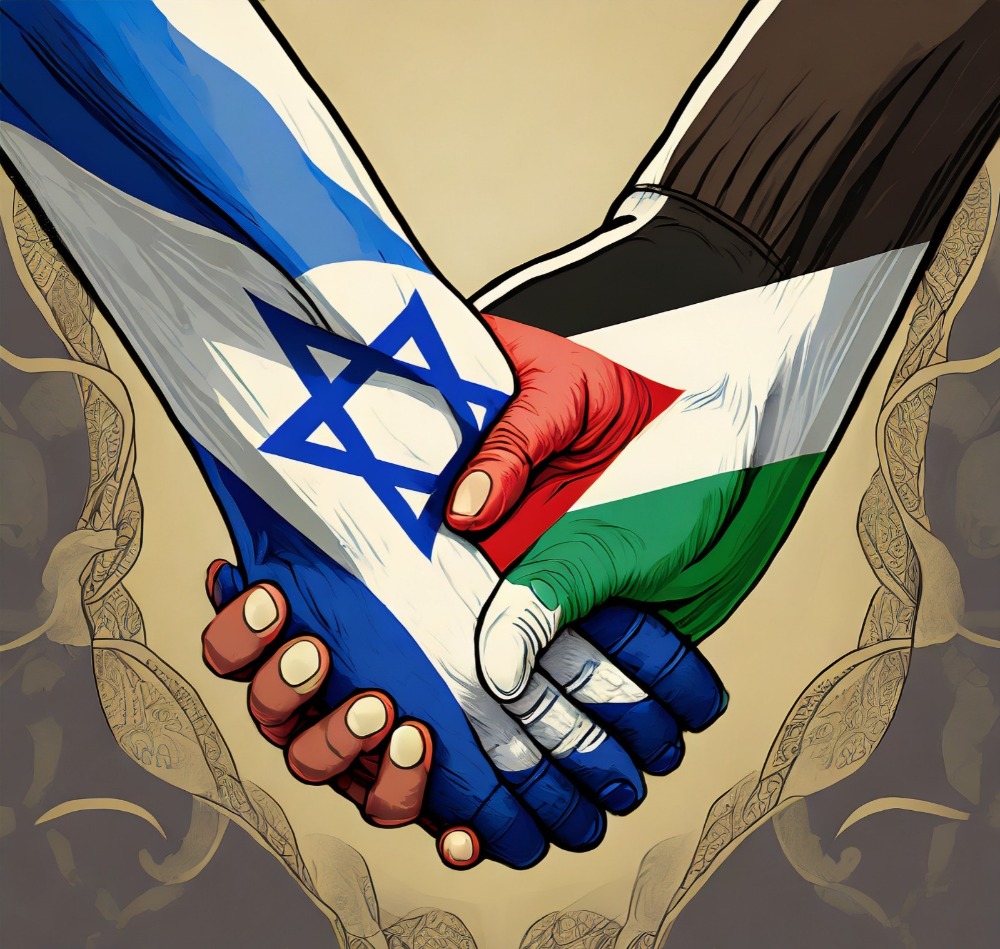After weeks of intense warfare in Gaza, a four-day truce has offered a glimmer of hope for millions yearning for peace in the beleaguered enclave. The pivotal question now lingers—can this pause pave the way for a permanent resolution to the enduring hostilities between Israel and Hamas, which have claimed thousands of lives and heightened the spectre of a broader conflict?
Under the current agreement, Israel and Hamas have agreed to a temporary cessation of hostilities to facilitate the release of 50 hostages in Gaza in exchange for 150 Palestinians held in Israel. Humanitarian aid is also set to enter the strip. The flexibility of the deal allows for its extension and expansion if the initial phase proceeds smoothly, raising optimism for a more enduring solution to this deeply entrenched issue with global implications.
The first phase, involving the release of hostages and prisoners, is slated to commence today (November 24). However, disconcertingly, the Israeli Prime Minister has asserted that the war against Hamas will persist beyond this truce, emphasizing Israel’s commitment to achieving its objectives, including eliminating Hamas and neutralizing perceived threats from elements in Gaza.
Hamas, in parallel, has echoed similar sentiments, underscoring that the truce does not impede their broader missions. They maintain readiness to defend their people and resist the occupation, while Israel remains firm in its decision to retain military presence in Gaza.
The aggressive postures of both sides reflect a clash rooted in history, culture, geography, and divergent developmental aspirations. The current conflict stems from Hamas’s incursion into Israel on October 7, resulting in significant casualties on both sides.
Notably, the captives involved in this strife hail from over 40 countries, adding a layer of complexity to negotiations. The diplomatic breakthrough, brokered by Qatar’s Emir Sheikh Tamim bin Hamad Al Thani, with support from Egyptian President Abdel Fattah el-Sisi and US President Joe Biden, represents a temporary truce. However, achieving a lasting peace requires more intricate negotiations in the future.
The impending challenge lies in negotiating the release of Israeli military personnel held captive by Hamas. Israel faces internal divisions, with political parties in agreement but significant pressure from captive families complicating matters for Prime Minister Netanyahu.
Global demonstrations, spanning Europe, the USA, Asia, and beyond, underscore the widespread demand for a lasting peace. The substantial civilian casualties in Gaza have swayed international sentiment, putting pressure on Israel to reach an agreement promptly.
As leaders worldwide advocate for a truce, the prospect of a two-state solution gains prominence. However, the road to lasting peace is fraught with challenges, and the resolution of the Israeli-Palestinian conflict remains imperative for stability in the Middle East.
The recent diplomatic efforts, culminating in the BRICS virtual summit, reflect a global push for a truce and a comprehensive peace process. The call for a two-state solution, echoing the borders of 1967, resonates among leaders worldwide.
Without addressing this longstanding issue, enduring peace and stability in the Middle East remain elusive. The implementation of international decisions supporting a two-state solution is deemed essential for the security and prosperity of both sides, emphasizing the imperative of coexistence for a peaceful future.














